Competitive Strategy of IKEA: Analysis of Indian Market Dynamics
VerifiedAdded on 2021/06/16
|11
|859
|440
Report
AI Summary
This report provides a comprehensive analysis of IKEA's competitive strategy in the Indian market. It begins with an introduction to IKEA's operations in India, highlighting their focus on price competitiveness, quality retention, and the DIY concept. The report then explores IKEA's multi-channel market approach, including both online and offline stores, and their expansion plans within India. It examines the current status of the Indian furniture industry, including the preference for customized furniture and the dominance of unbranded furniture companies. The report also addresses roadblocks related to government guidelines and the operational skill of Indian craftsmen. A SWOT analysis is conducted, evaluating IKEA's strengths, weaknesses, opportunities, and threats in the Indian market. The report concludes with recommendations for IKEA, such as conducting demographic surveys and launching targeted advertising campaigns. The report references several academic sources to support its analysis, providing a well-rounded view of IKEA's competitive strategy in the Indian market.
1 out of 11
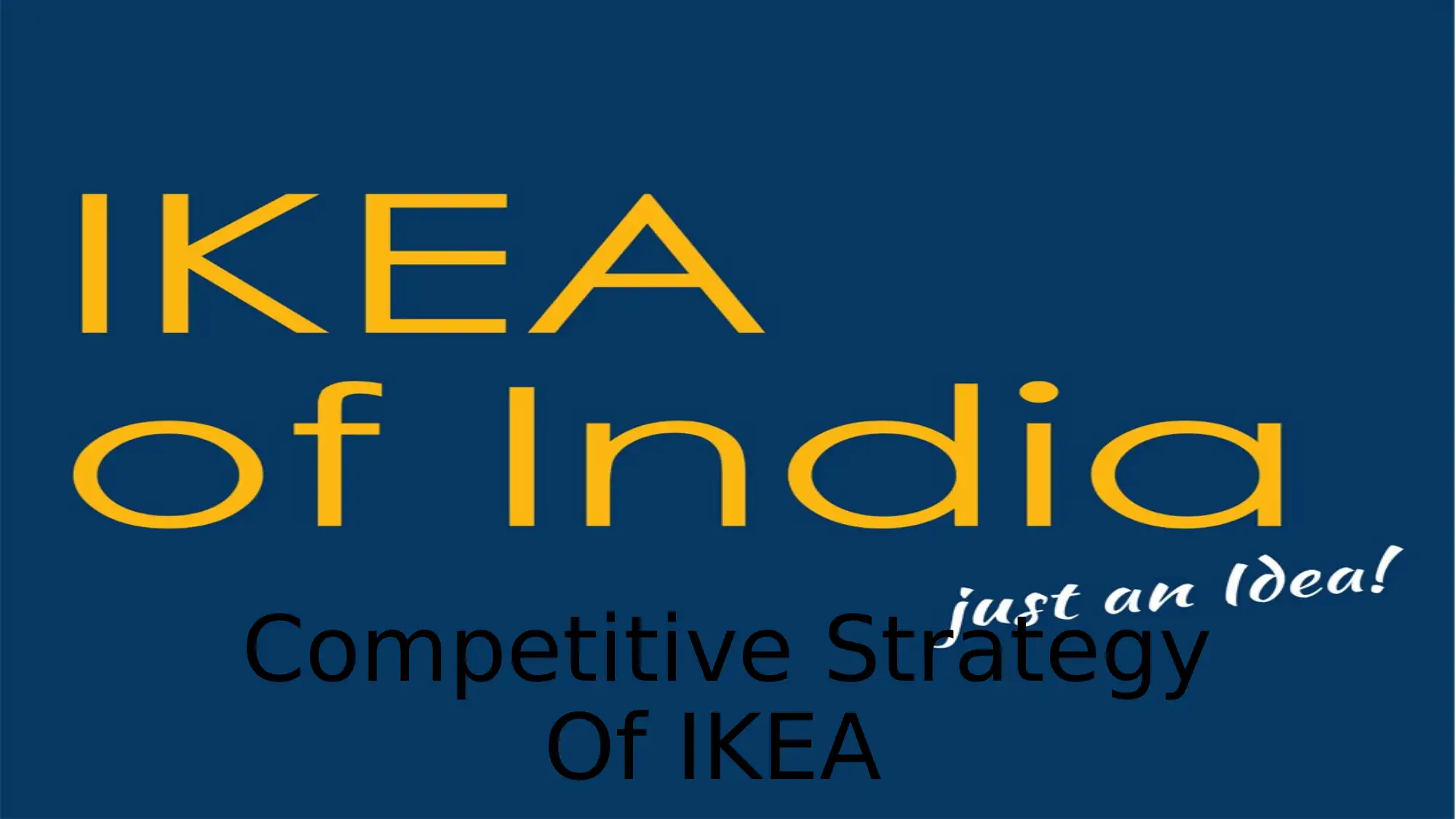
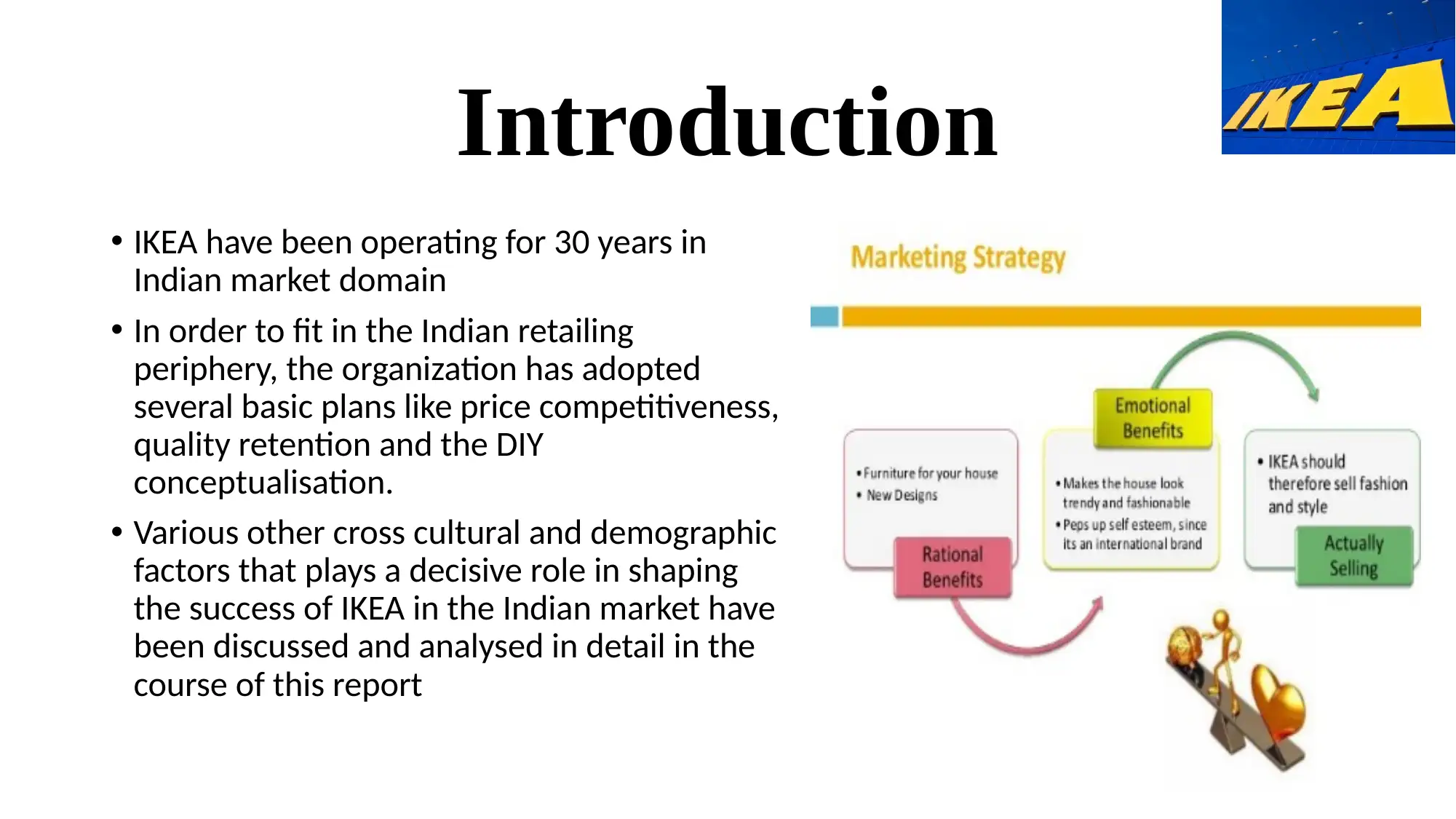


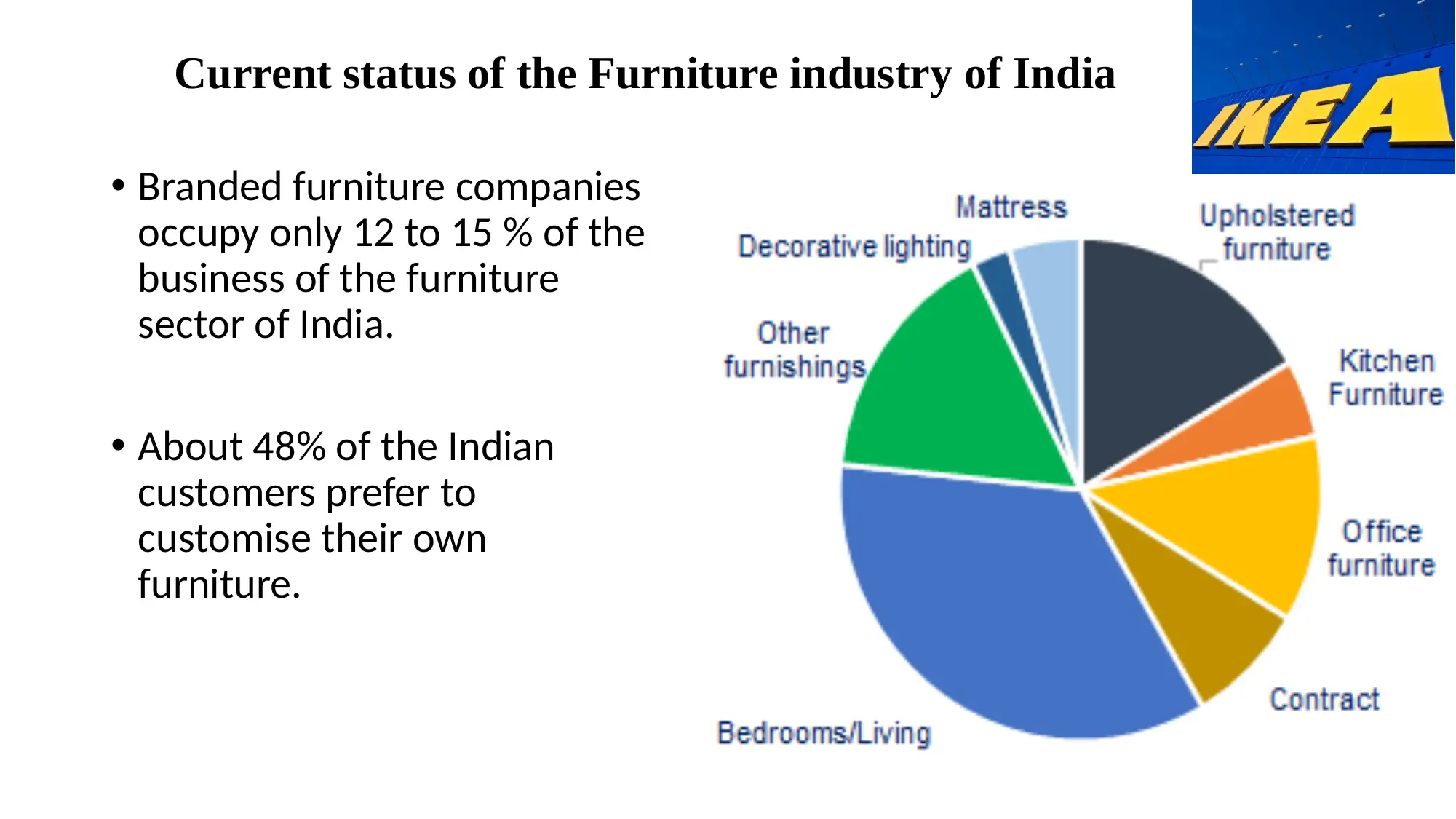
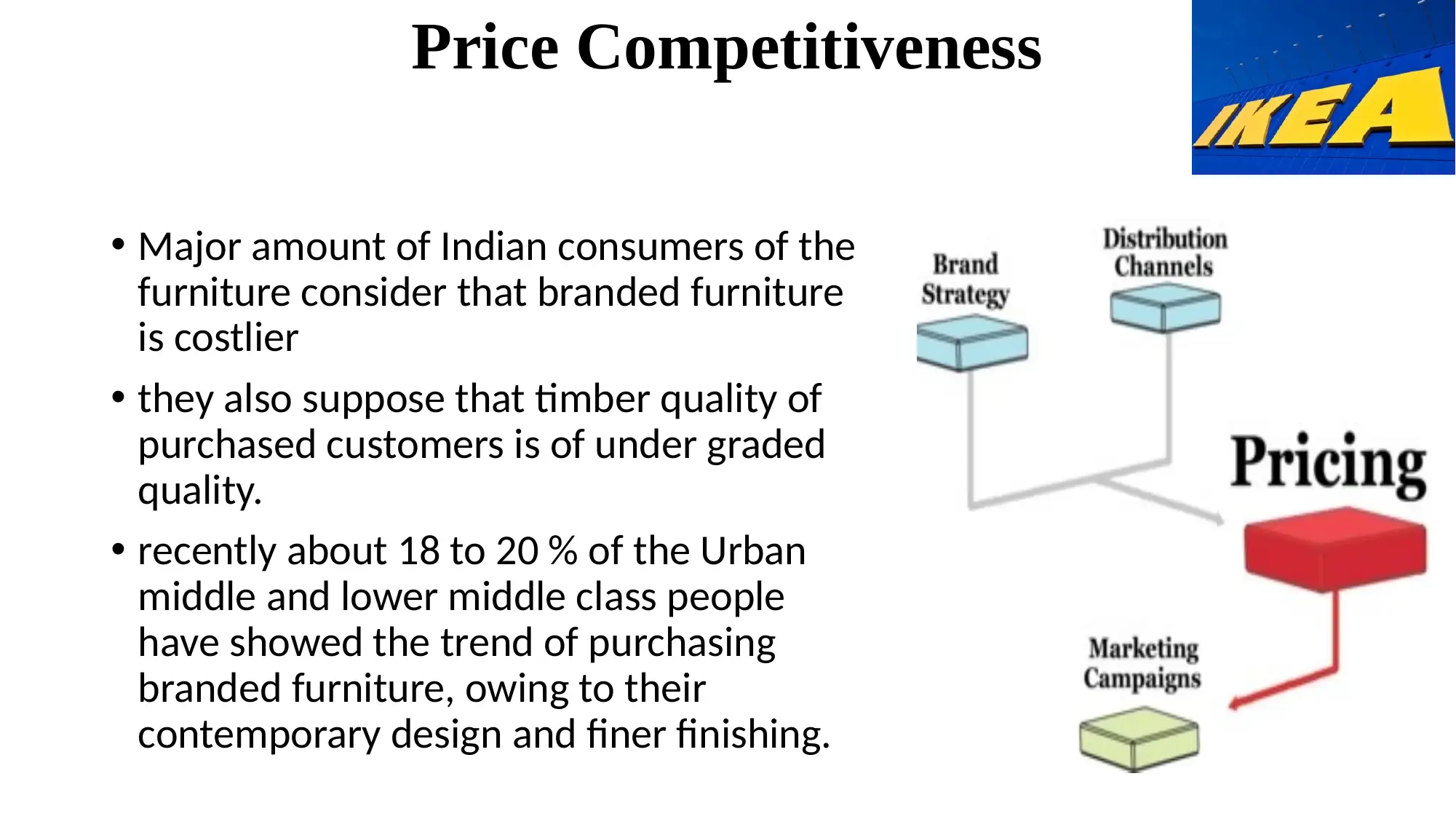
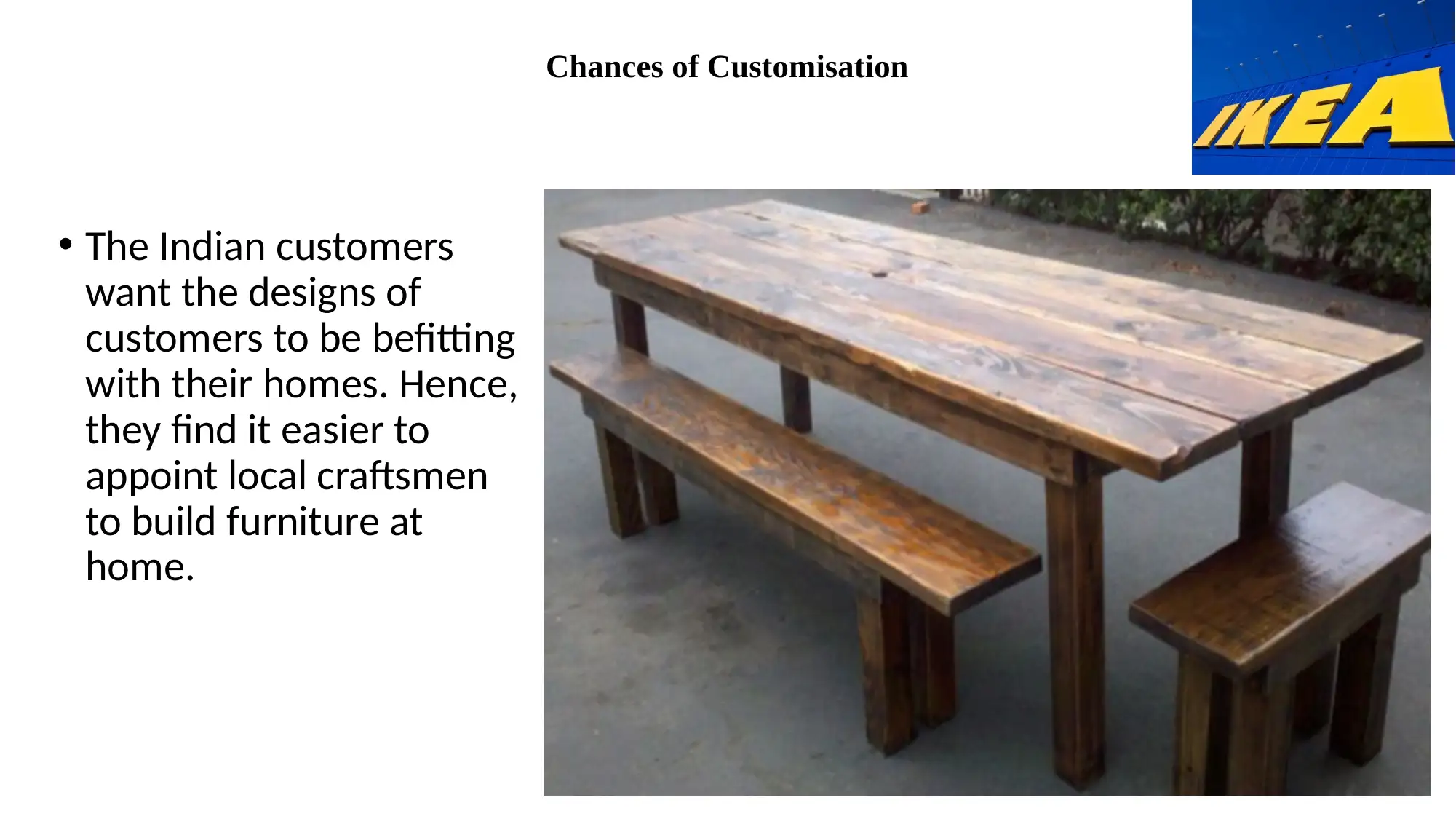
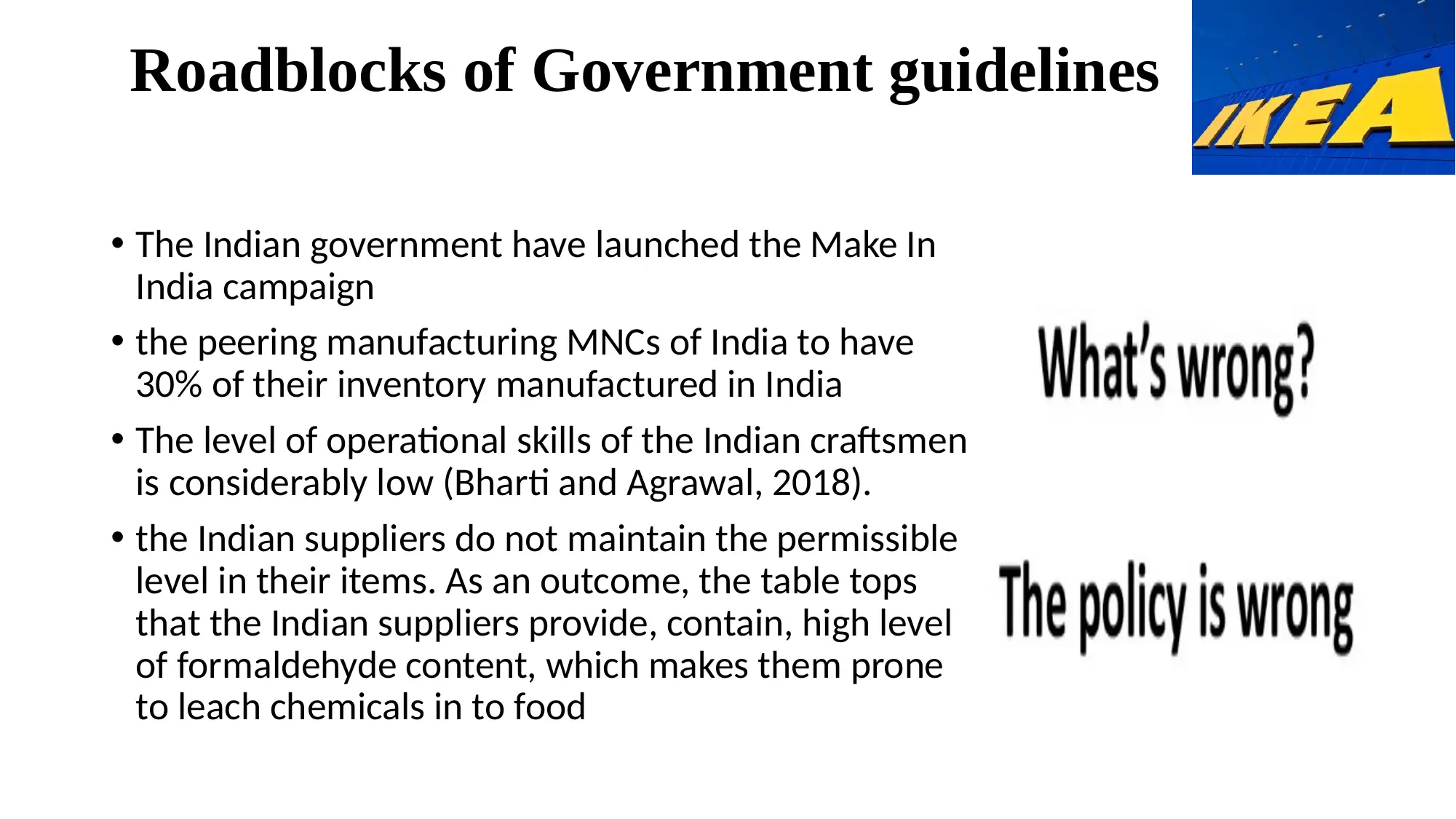

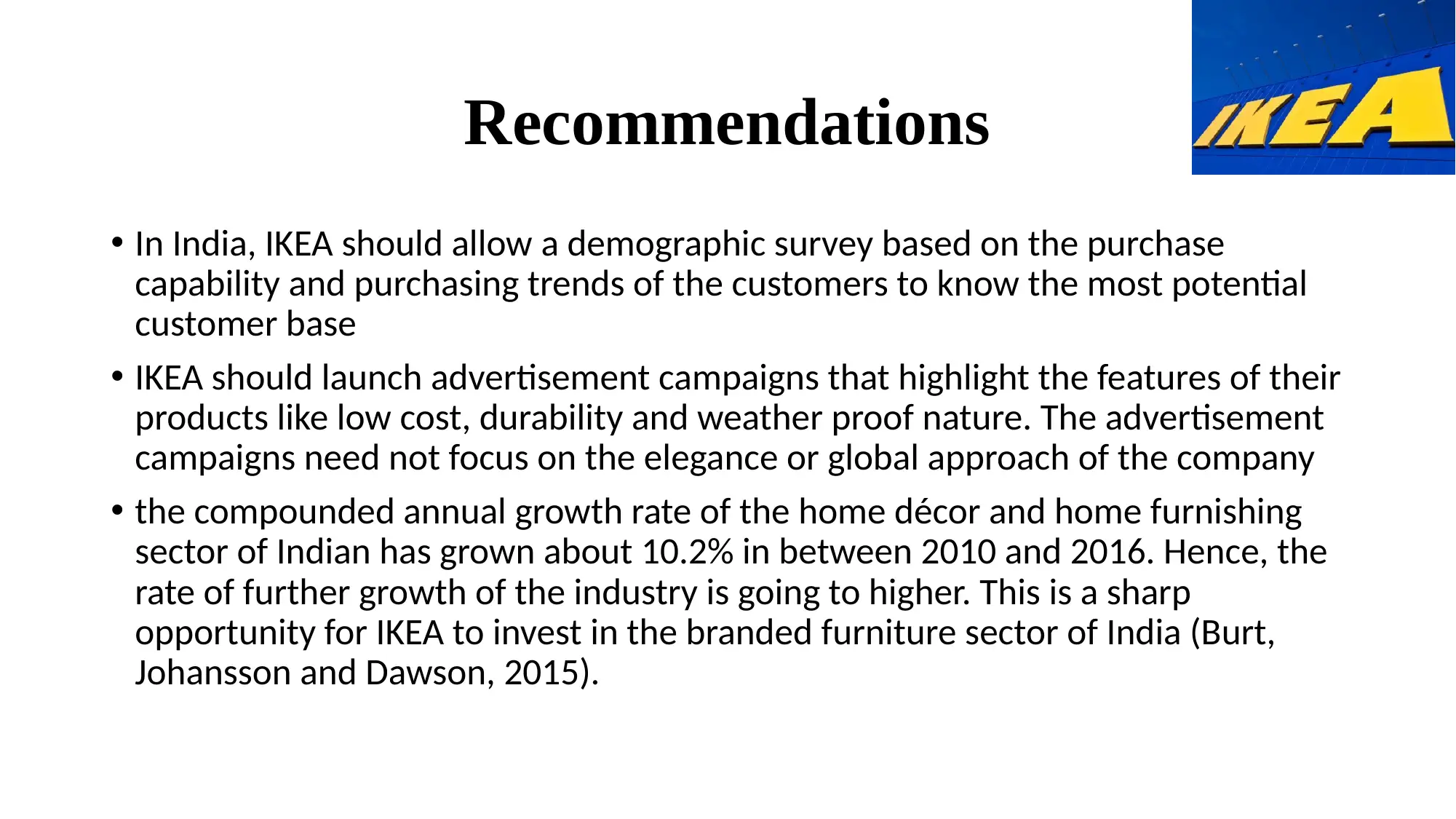
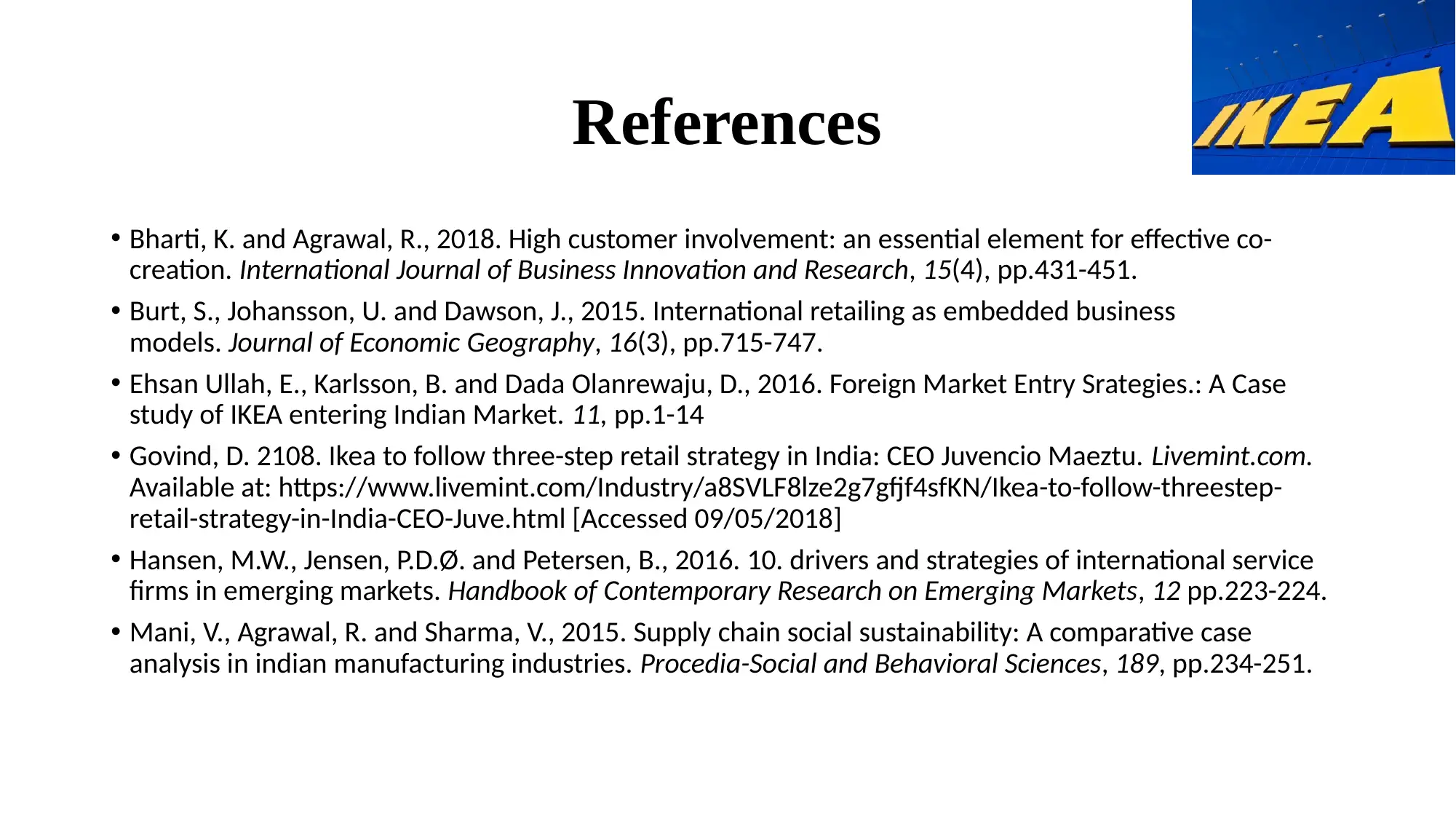






![[object Object]](/_next/static/media/star-bottom.7253800d.svg)